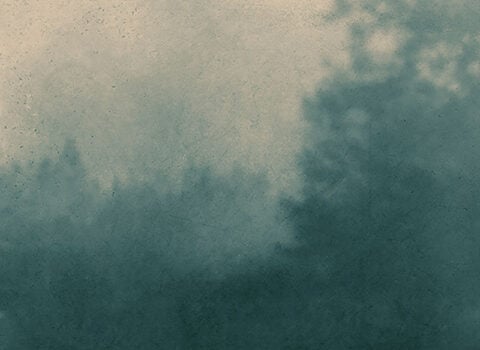“Gary Indiana Veiled,” 1981, by Peter Hujar © 2022 The Peter Hujar Archive/Artists Rights Society, New York City
Few writers are as keenly alive to absurdity or write with as sharp a pen as Gary Indiana, whose new essay collection, Fire Season (Seven Stories Press, $23.95), spans almost forty years of stellar criticism. Born Gary Hoisington in 1950, Indiana, also a playwright and novelist, was the regular art critic for the Village Voice in the mid-Eighties and has continued since to write incisively about artists and the art world. The collection gathers pieces about Barbara Kruger, Tracey…

























































































